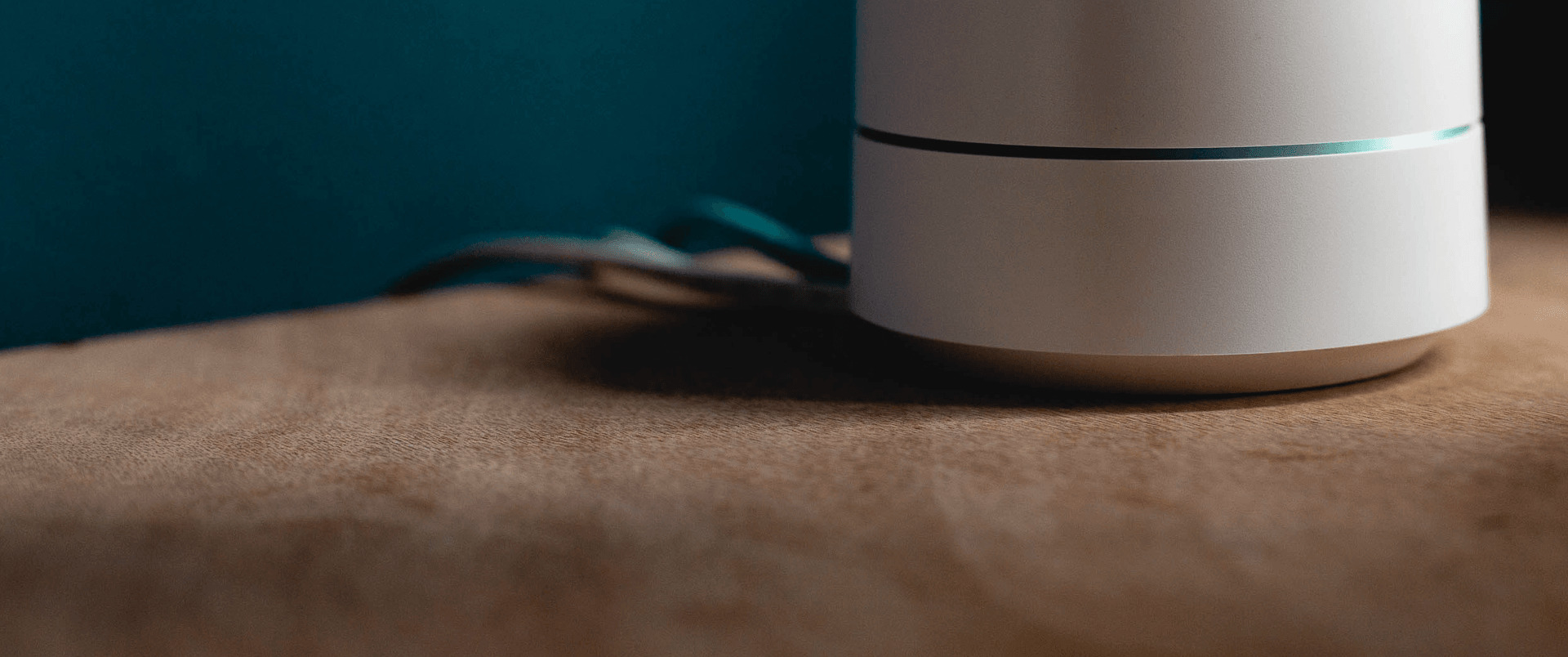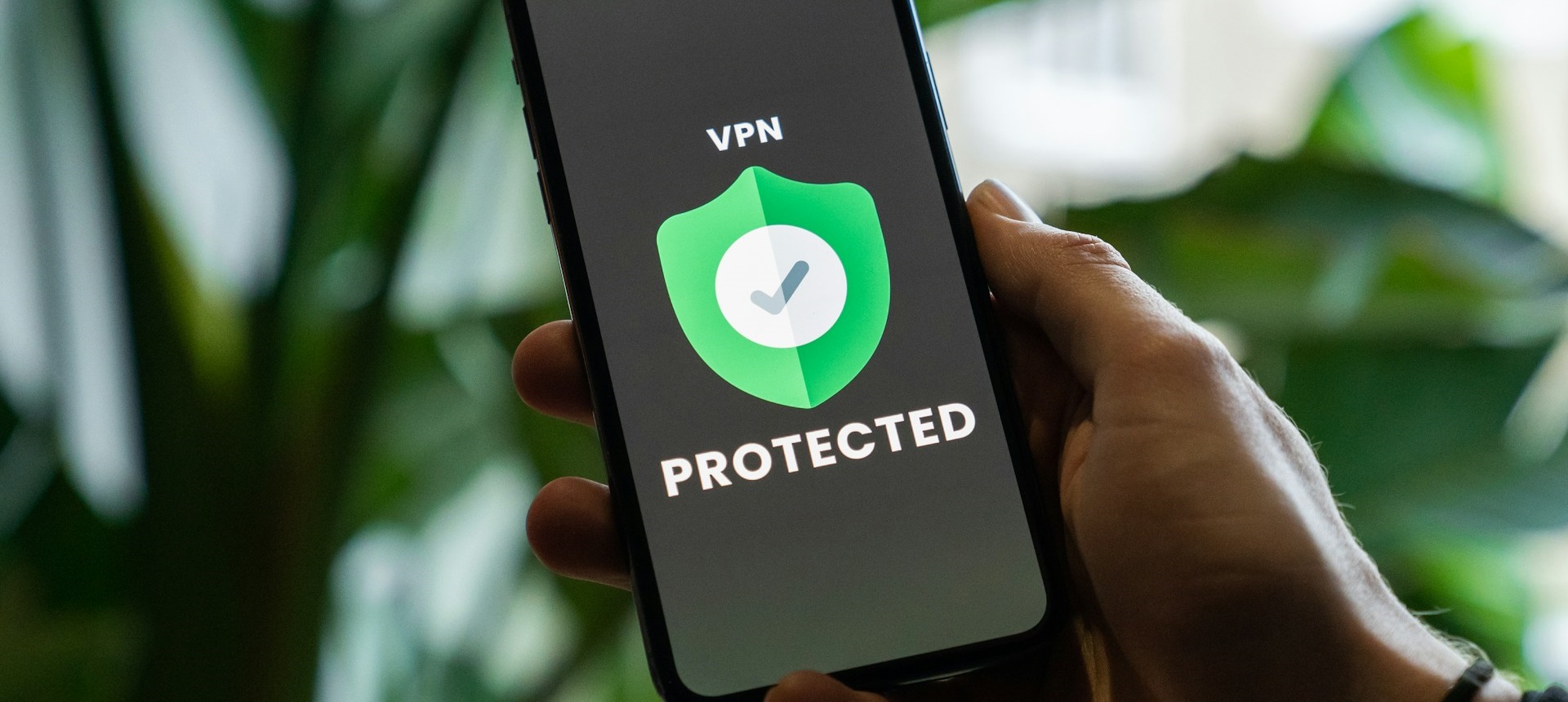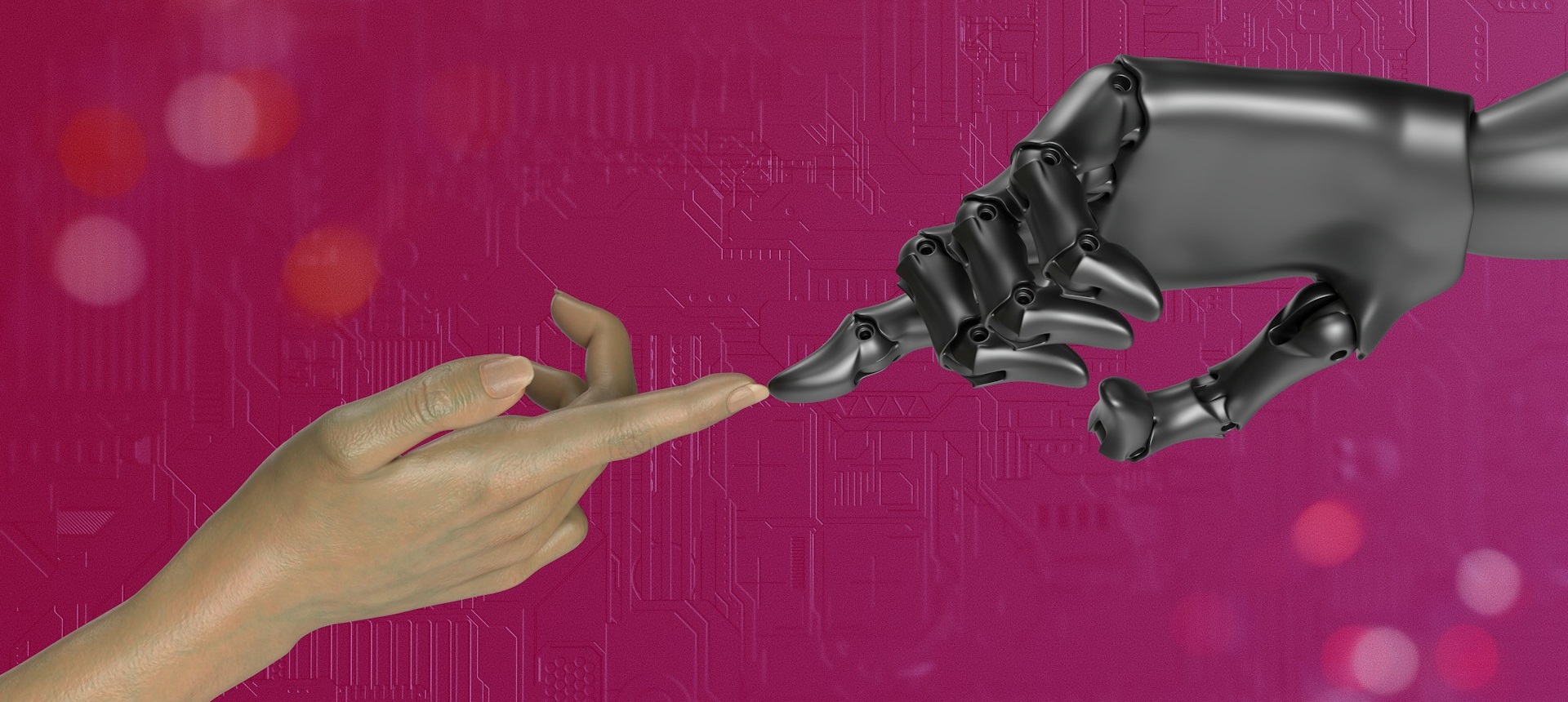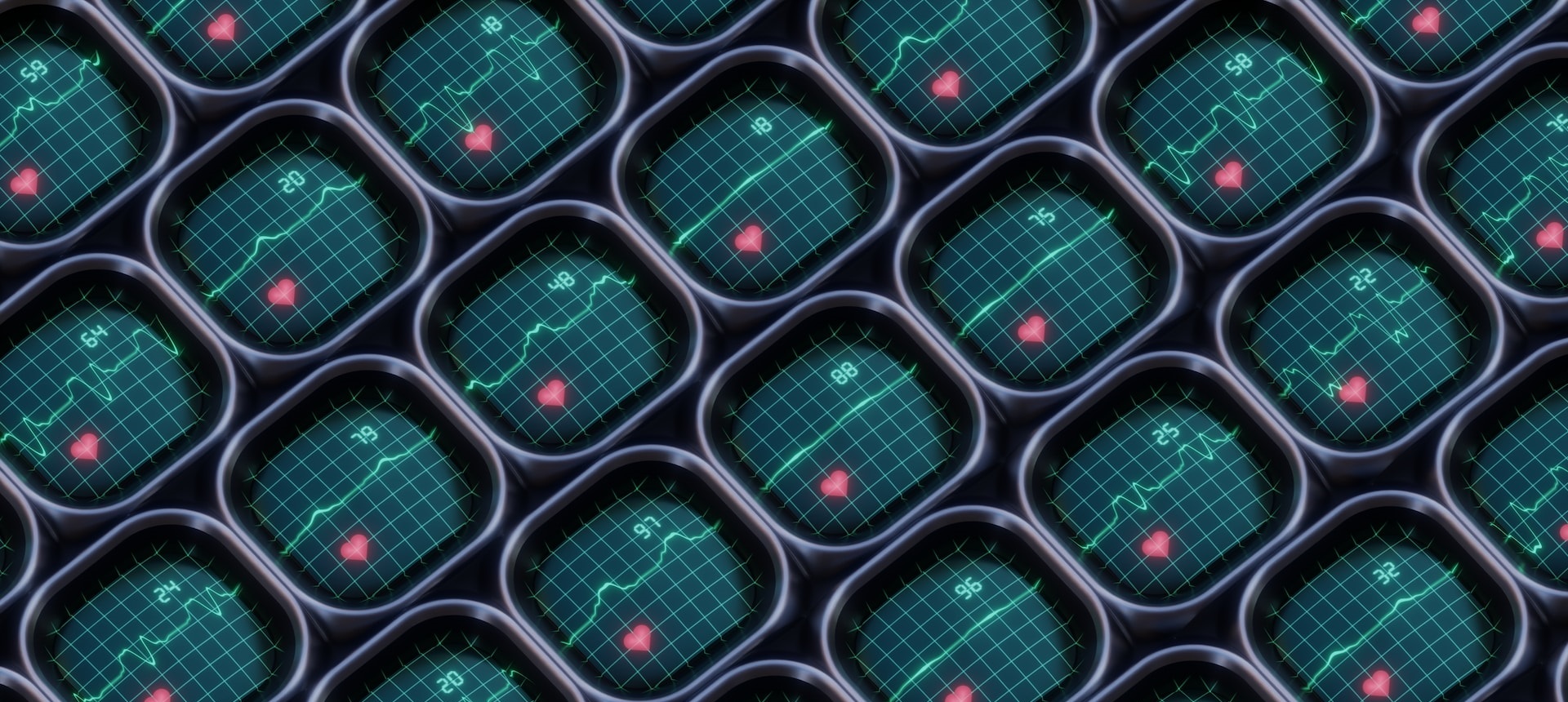1. IoT attacks increased by more than seven times, says Kaspersky
Security software firm Kaspersky Lab found attacks on IoT devices in the first half of 2019 numbered 105 million, coming from 276,000 unique IP addresses. That’s up more than seven times from the first half of 2018, which saw only 12 million attacks from 69,000 IP addresses. “As people become more and more surrounded by smart devices, we are witnessing how IoT attacks are intensifying,” said Dan Demeter, security researcher at Kaspersky Lab.
2. Government-mandated IoT security now law in California, proposed for UK
Security regulations for IoT devices have been passed in California and proposed in the UK. The regulations are aimed at setting standards for both software and hardware. Both jurisdictions will mandate devices to require unique passwords. Devices that ship with default passwords have long been considered a weak point in IoT security.
3. Bluetooth can bite unwary networks
As more companies deploy IoT devices, one simple oversight could put them at risk. Bluetooth, the low-power, short-range wireless networking protocol, presents a potential means of attack. Many IoT devices have Bluetooth capabilities. It’s important to turn off Bluetooth when not needed, if possible. If that’s not possible, ensure the devices are patched and password protected.
4. Internet of Medical Things is looking healthy
Deloitte predicts the Internet of Medical Things – a subset of IoT covering healthcare and medical equipment – will be worth $158.1 billion by 2022. Advances in medical technology are leading to an increasing number of devices that generate, collect, analyse and transmit data. The challenge for the healthcare sector is to ensure it can harness that data to realise the promise of reduced costs and improved patient outcomes.
5. Visualisation needed to manage streams of fast-changing data
Three-quarters (75 per cent) of companies surveyed by IT education and research firm TDWI on behalf of Altair said their IoT projects require the visualisation of fast-changing data, with 42 per cent saying they require data visualisation and analysis down to the minute and 24 per cent saying they need analysis down to the second.
6. Telcos see IoT and 5G as crucial to future development
Leading telcos see 5G and IoT as the most important emerging technologies for their businesses over the next five years, according to research from EY. “Migration to 5G networks and the rise of the Internet of Things means the pace of evolution across the telecoms industry is rapidly accelerating,” said Tom Loozen, EY Global Telecommunications Sector Leader. “Operators have no choice but to transform if they are to remain relevant to consumer and enterprise customers, and achieve growth.”
7. IIoT a useful predictive maintenance tool for oil and gas industry
Using the Industrial Internet of Things (IIoT) for predictive maintenance promises big gains, but realising those gains still requires work. The oil and gas industry has adopted IIoT technology to help monitor offshore equipment, but still finds it challenging to put the data to good use. Timely analysis of the data is crucial to ensure maintenance resources are effectively assigned.
The Internet of Things promises us always-up-to-date devices that use data to deliver the best experience possible. But it also gives companies the ability to take back a product they’ve already delivered. A man who purchased a used Tesla electric car found features called Enhanced Autopilot and Full Self Driving Capability, features that appeared on the window sticker, had been removed by Tesla. Tesla said the features, which sell for $8,000, had never been paid for so were removed in an “update”.
9. Can the IoT be good for the planet?
The use of connected devices has the potential for real environmental benefits. The World Economic Forum says the IoT, when used in conjunction with 5G and AI, could reduce carbon emissions by 15 per cent. Potential benefits include better business operations, more efficient logistics, reduced supply chain waste, air and water monitoring, and monitoring of plant and animal health around industrial sites. However, care must be taken to ensure the production – and eventual disposal – of IoT devices and their batteries doesn’t have a negative environmental impact.
10. The IoT gives a new meaning to ‘data farm’
The state government of Victoria in Australia has announced a programme to bring low-power wide-area network (LoRaWAN) technology to farms in the state. This would allow sensors to securely connect to the internet and provide farmers with real-time data about weather, soil moisture, rain, wind speed and plant growth, among other data. Similarly, Microsoft has announced FarmBeats, an Azure-based IoT offering that gives farmers the ability to stay informed using a network of connected devices, including sensors and drones.









